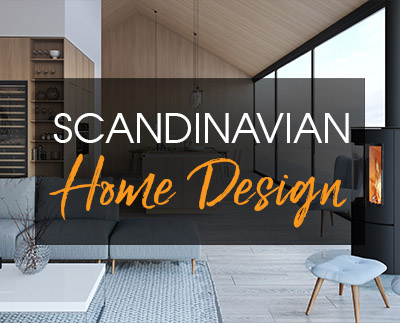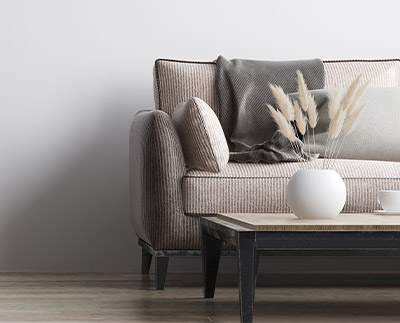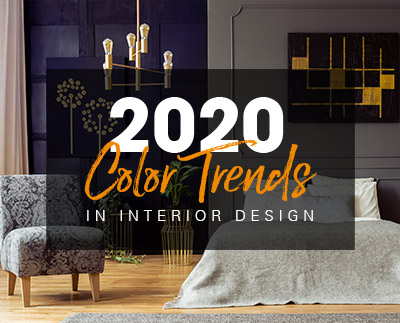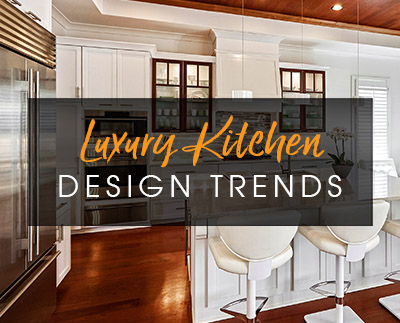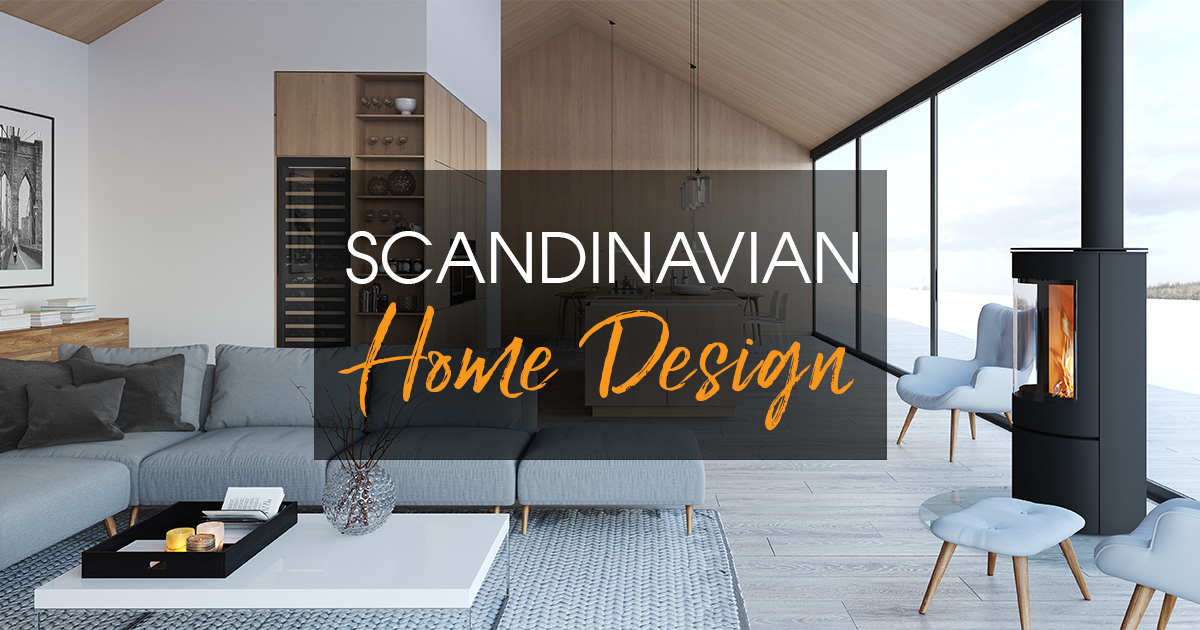
Scandinavian home design is known for its clean lines, natural materials, and minimalism. It is a “no-nonsense” style that focuses mainly on form and function, and it uses greenery, monochromatic art and cozy textiles to liven up the space.
Achieving a Scandinavian home design look isn’t as easy as it sounds. All design elements must work together cohesively to form a simple and elegant living space. A sense of “hygge” – pronounced “hoo-ga” - must be maintained in order to comply with the rules of Scandi design.
Here are 10 tips that will help you nail Scandinavian home design.
Subscribe to 2020 Blog
Ample lighting
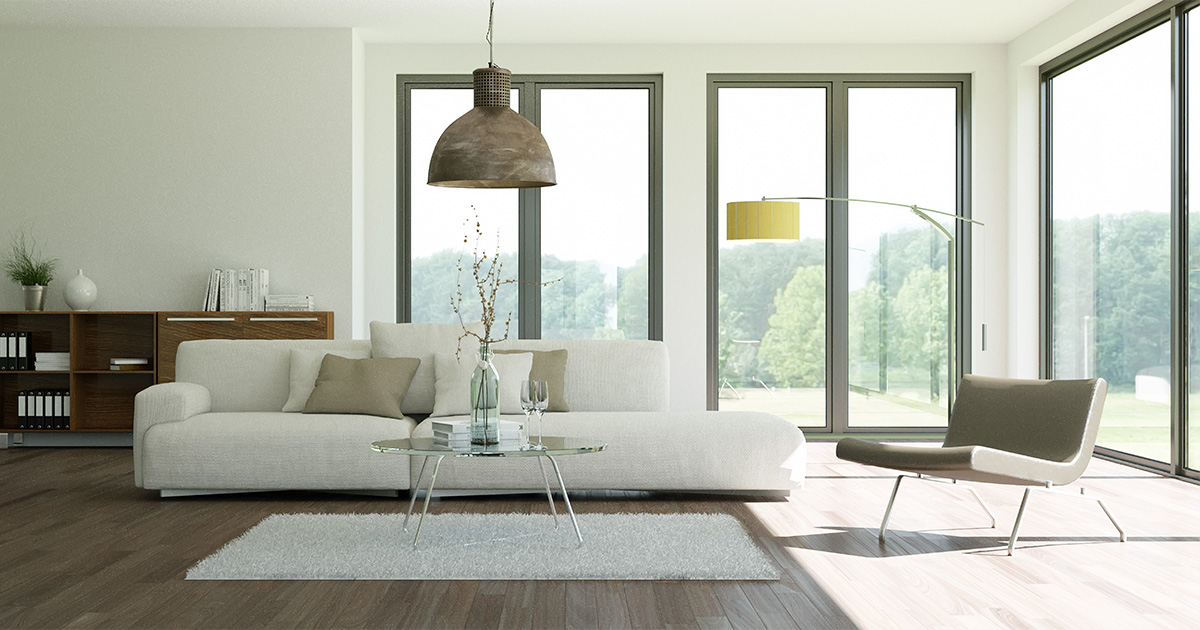
Scandinavian countries such as Denmark, Norway and Sweden don’t get much sunlight during the winter months, which is why light plays such an important role in Scandinavian home design.
When designing a space, you want to make sure there are large enough windows in most living spaces and lots of artificial lighting throughout the home. Don’t bother with thick curtains – Scandi style doesn’t normally include window treatments.
As for artificial lighting, you can install spotlights, lamps for ambient/mood lighting, sconces, pendant lights, task lighting, and whatever other type of lighting your client might need. The more light, the better.
Clean lines and high contrast
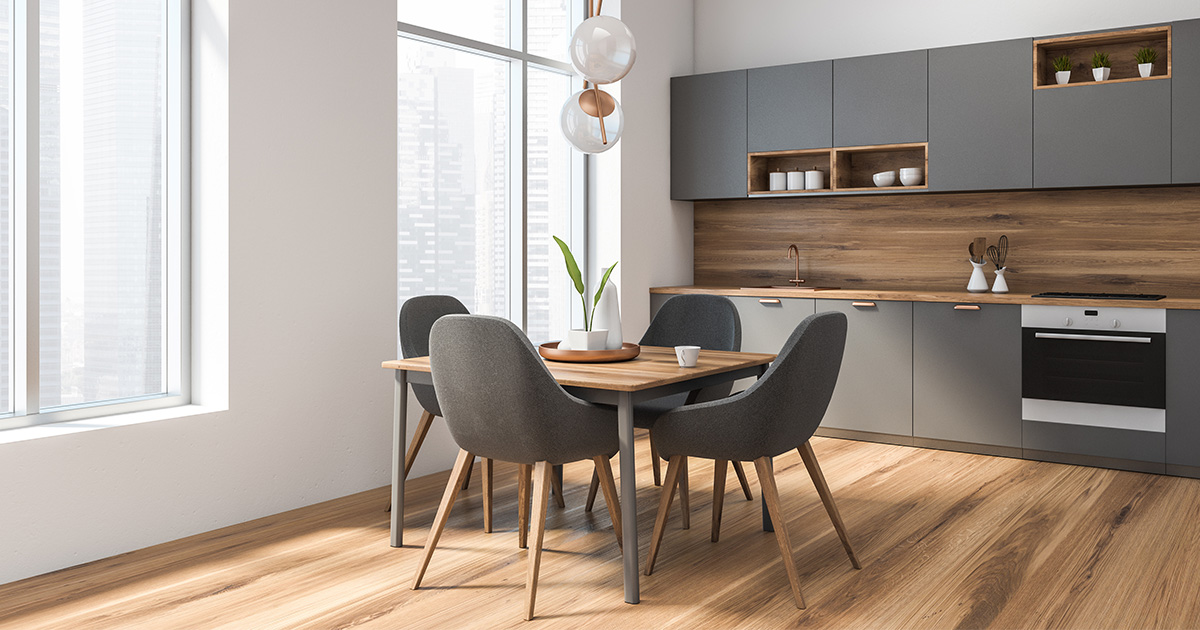
When it comes to picking furniture for a Scandi-inspired home, clean lines are the way to go. Mid-century modern pieces work well in this type of space because of their rounded edges and natural hues.
High contrast is also a hallmark of Scandinavian home design. Black against white creates a dramatic effect in a space, and you can also achieve a high-contrast look by incorporating a large piece of art (generally monochromatic) that stands out in the room.
Light flooring
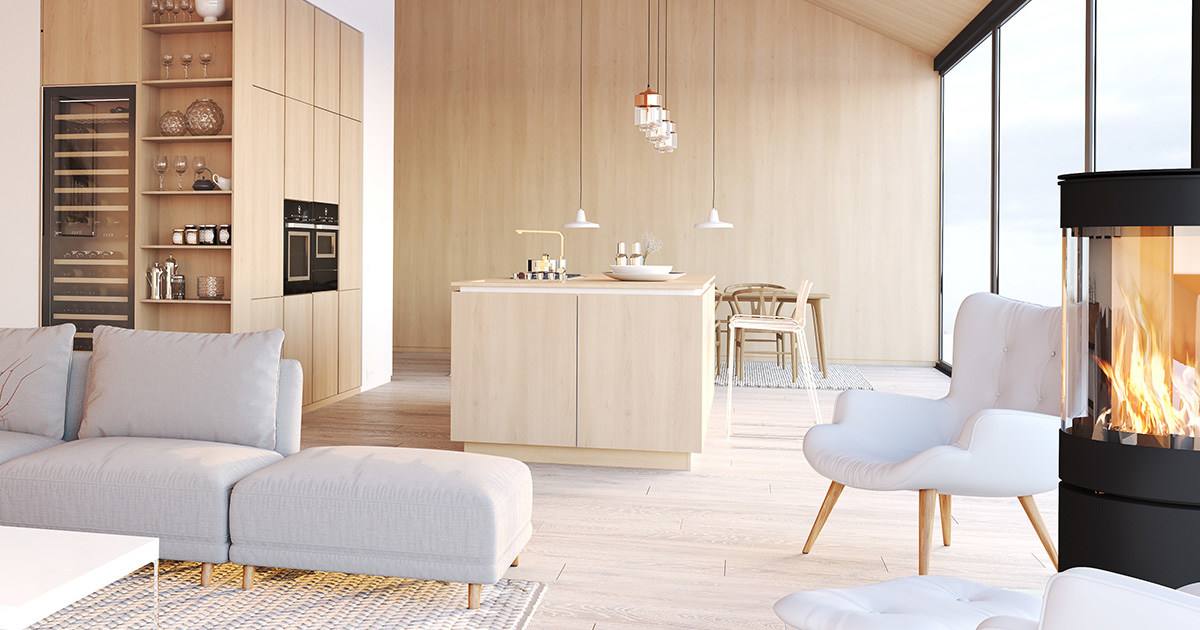
Scandinavian style calls for light hardwood flooring that is either left untouched or that is painted white. Light flooring is another clever way to combat the dark winter days, making the space feel brighter, bigger and more welcoming.
Even though the climate is harsher in Scandinavian countries, wall-to-wall carpeted floors are very uncommon. Instead, many people opt for heated flooring (especially in the bathroom) and muted area rugs to keep warm.
Neutral color palette
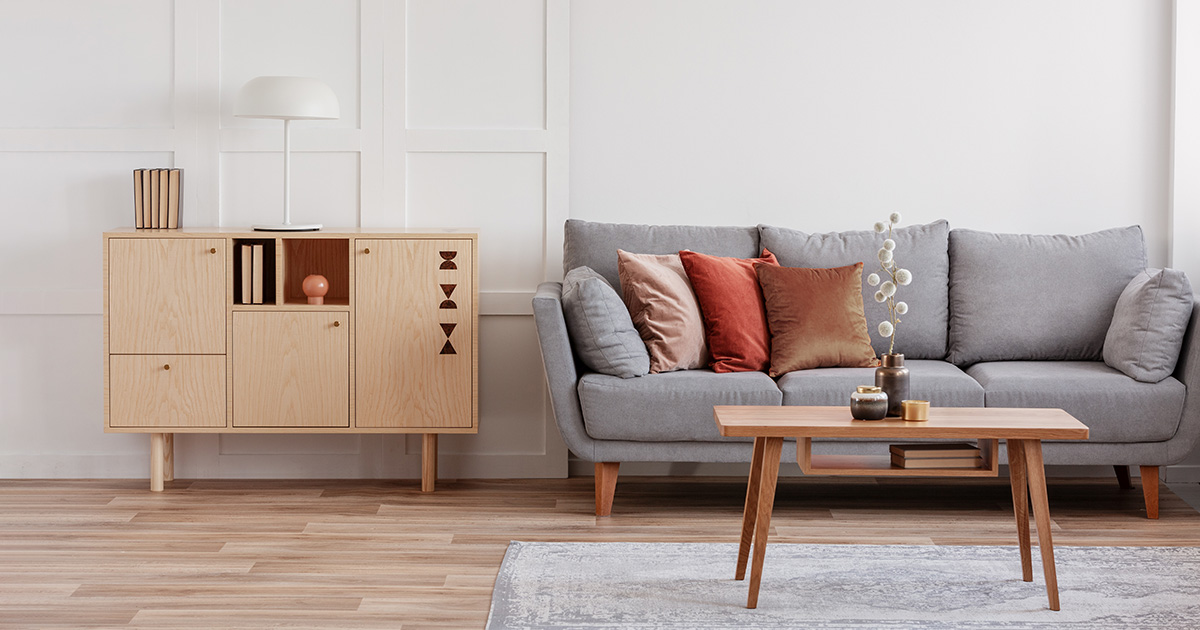
A neutral color palette is the pinnacle of Scandi homes. Whites, greys, blacks and browns are the main colors used throughout the home, whether on the walls, furniture, textiles, or art pieces.
Neutral colors are used to create a calming atmosphere in the home, and although bold colors are not welcome in Scandinavian home design, designers can use pops of pastel or subdued colors to add visual interest to the space.
Minimalist design
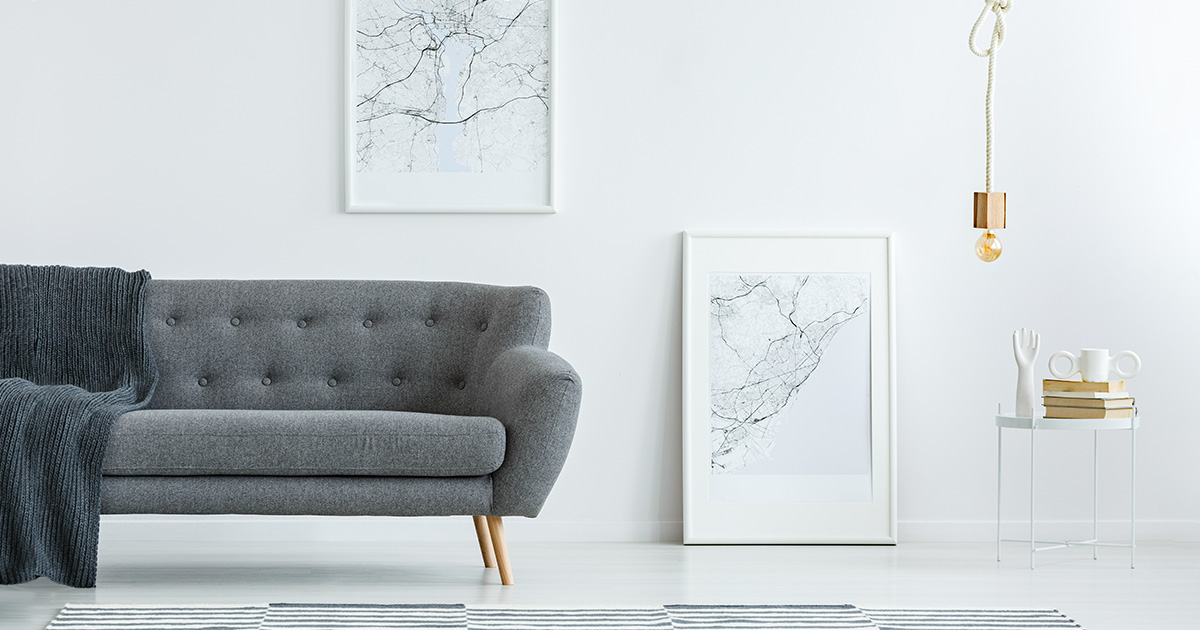
You will not encounter clutter in a Scandinavian home. A minimalist approach to furnishing and decorating is key here, and you can offer your clients ample storage (built-ins and cabinets work great) to store their belongings.
Creating a visually relaxing space is what Scandi design is all about. The idea that “less is more” is a big part of this design style.
No embellishments
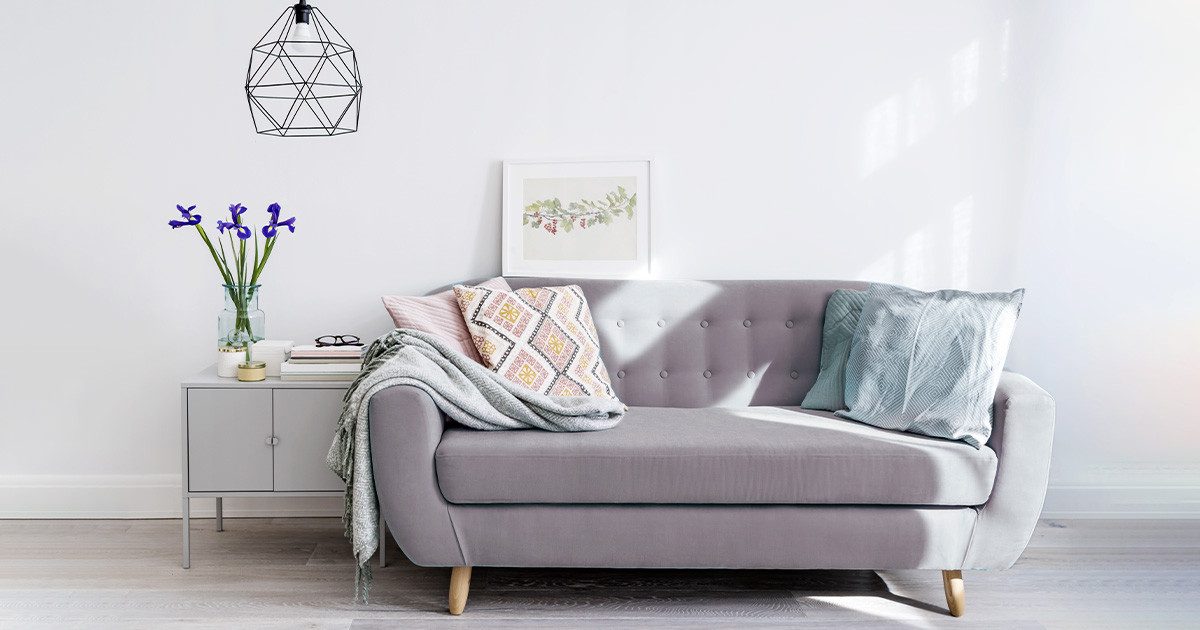
Unlike other design styles that embrace embellishments such as intricate trim work, bold art pieces, crystal chandeliers, and colorful textiles, Scandinavian homes shy away from overly decorative pieces.
Simplicity is king; there is no place for glam or glitter. But that doesn’t mean the space has to be severe. Warm, natural decor pieces and textiles are enough to make a Scandi home feel cozy and inviting.
Cozy textiles
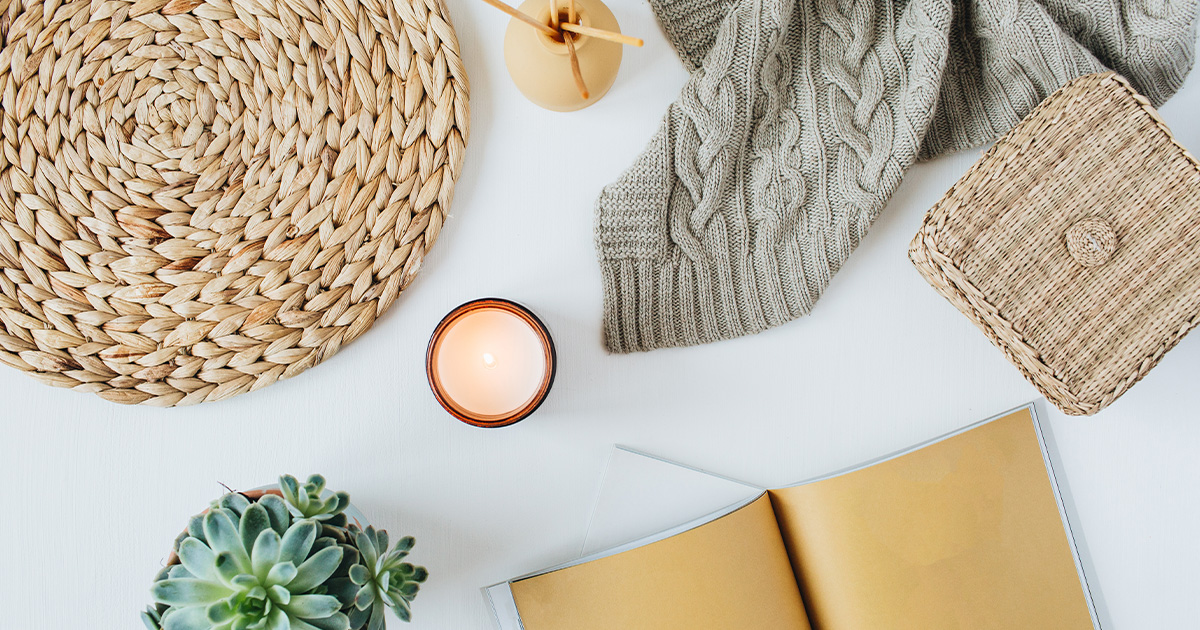
Speaking of cozy, textiles are a must in Scandi homes to keep warm and snuggle up in front of a fireplace. The most popular textiles - generally used for throws - are made of natural materials such as sheepskin, wool and soft cotton.
Keeping true to Scandinavian home design, these textiles are almost exclusively in muted colors. You can’t go wrong with grays, charcoals, browns and rusts – any earthy tone goes.
Wood & metal finishes
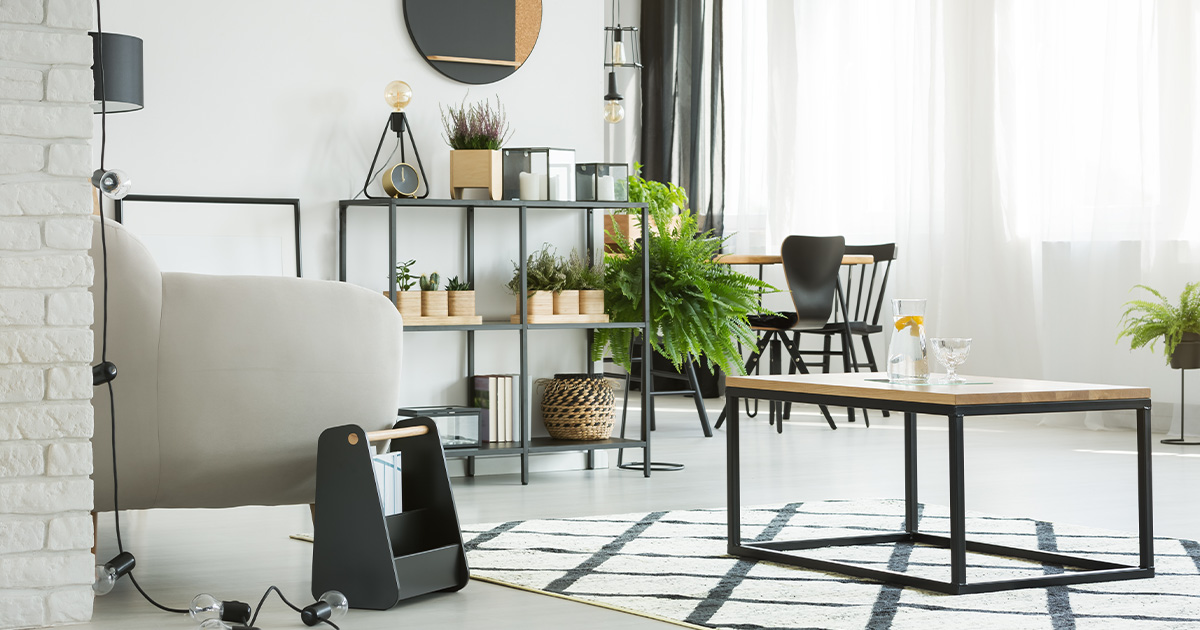
Not only is wood used in flooring, it’s also used for key furnishings such as dining tables, coffee tables, and countertops. There’s no surprise here as wood is a natural material, and this particular design style is all about creating a serene space that mimics nature.
The Scandi style also couples wood with metallic accents such as steel, copper and brass to complete the look of a room. Metal can be used for pendant lights, sconces, chair legs, and other decorative pieces.
Open shelving
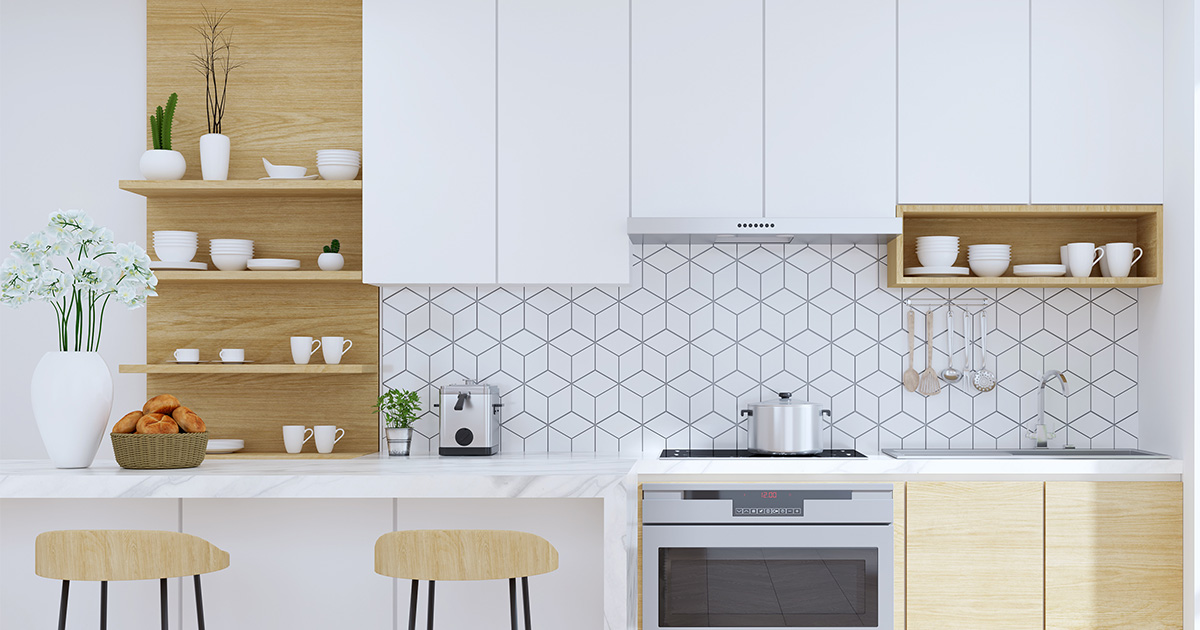
If you’re designing a Scandi-inspired home, you’ll have to include lots of storage. Generally speaking, closed cabinets with simple lines will be your best bet, but wooden open shelving also works in kitchens and other spaces throughout the home.
Open shelving will allow your clients to display beautiful cookware, vases, and other key decorative items. Discuss open shelving with your client to make sure they are on board with the idea – some homeowners will have concerns about the maintenance involved with having open shelving in the kitchen.
Lots of greenery
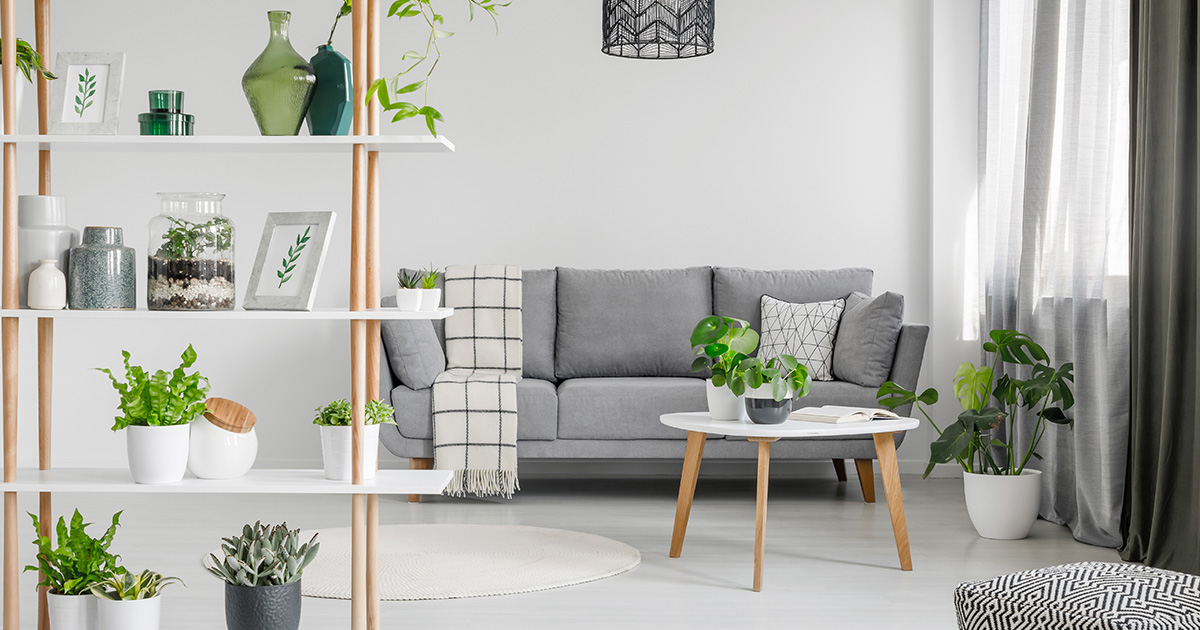
Nothing is more natural than plants and flowers. Scandinavian homes are filled with fresh flowers in vases and plants in pots. It’s the Scandi way of adding a touch of green and freshness to a room.
Although this has more to do with decorating than interior design, adding these extra touches will show the client that you care and that you’ll go the extra mile to deliver their dream space. If you use a professional interior design software, chances are you can include plants and other decorative items directly in your designs and renderings so your client can picture the final look even before construction begins.
Want more content?
[Free eBook] How to Start an Interior Design Business
This eBook offers a detailed overview on how to start your own interior design business. It includes information about business registration, professional website design, digital portfolios, marketing, and more.
Related Posts
Share this Post

